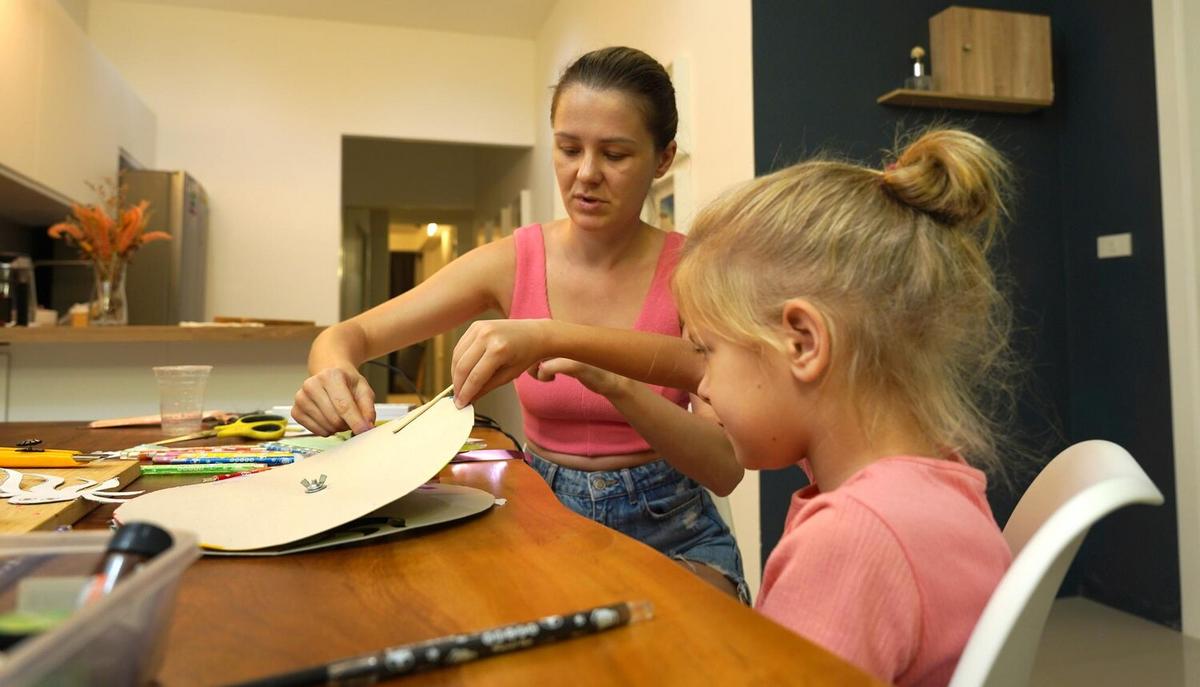Navigating the complexities of childhood learning can be challenging, especially when learning disabilities enter the picture. Understanding how to identify and support these disabilities is crucial for fostering a child’s educational and personal development.
Understanding Learning Disabilities
Learning disabilities are neurological disorders that affect a child’s ability to read, write, spell, or calculate. They are not indicative of a child’s intelligence but rather how they process information differently. According to the Learning Disabilities Association of America, approximately 5-15% of students across various age groups have learning disabilities.
Expert Insights
Dr. Robert Brooks, a notable psychologist, emphasizes the importance of early detection. He states, “Recognizing and addressing learning disabilities early in a child’s school life can significantly impact their ability to succeed academically and socially.” This underlines the need for awareness and proactive measures.
Signs to Look For
Identifying learning disabilities early can make a significant difference. Here are some common signs:
- Difficulty reading or writing
- Problems with math skills
- Short attention span
- Trouble following instructions
- Poor memory retention
It’s essential for parents and educators to be vigilant and responsive to these signs.
Statistics and Studies
Research by the National Center for Learning Disabilities highlights that about 1 in 5 children in the U.S. has learning and attention issues. However, only a small percentage receive formal diagnoses, underscoring the need for increased awareness and resources.
Personal Stories
Consider the story of Mike, a young boy who struggled with dyslexia. His parents noticed his difficulty in reading and sought professional help. With tailored support, Mike is now thriving in school, showing that early intervention can lead to positive outcomes.
Actionable Tips for Supporting Children
- Seek professional assessment if you suspect a learning disability.
- Work closely with teachers to develop individualized education plans (IEPs).
- Encourage open communication with your child about their learning experience.
- Provide a supportive and stress-free learning environment at home.
Pro Tip: Engage your child in multi-sensory learning activities that combine visual, auditory, and kinesthetic elements to enhance their learning experience.
Resources and Support
There are numerous organizations dedicated to helping children with learning disabilities. The Learning Disabilities Association of America and Understood.org offer extensive resources and support networks for parents and educators.
| Resource | Focus | Website |
|---|---|---|
| Learning Disabilities Association of America | Comprehensive support and advocacy | ldaamerica.org |
| Understood.org | Guidance and community for learning differences | understood.org |
| National Center for Learning Disabilities | Research and policy | ncld.org |
| Child Mind Institute | Clinical care and educational support | childmind.org |
Frequently Asked Questions
What is the most common learning disability?
Dyslexia is one of the most common learning disabilities, affecting reading and language processing skills.
How can I support my child at home?
Create a structured learning environment, use assistive technology, and maintain open communication with your child’s educators.
Conclusion
Understanding and supporting learning disabilities in children is essential for their growth and happiness. With the right approach and resources, children with learning disabilities can lead successful and fulfilling lives. For more information, explore the various resources available and consider professional guidance to tailor support to your child’s unique needs.

Leave a Reply